First of all sorry about my English, it's not great. Second of all the question:
I want to create a unidirectional Ethernet connection between my laptop and desktop! For that I created a circut like this (Link):
SideA SideA HUB PORT
------- ------- -------
x x r r x x r r r r x x
6 3 1 2 6 3 2 1 1 2 3 6
| | | | | | | | | |
| +-/ | | | | \-------------/ |
| | | OR | | \-----------------/
+-|---/ | |
| | | |
| | | |
| | | |
6 3 2 1 6 3 2 1
r r x x r r x x
------- -------
SideB SideB
It works good but because of some security problems I need a way to isolate SideA and SideB from eachother in physical layer. To do that i think optocouplers are good choices but there are some problem that I face them :
- Fast ethernet (100baseTX) uses signal level of -1v 0v and +1v and optocouplers can't cross negative voltages.
- Optocouplers bandwidth are limited to maximum 90 Mbps (I saw datasheets and the max was 90 Mbps) and I need 100Mbps. Let me know if higher baudrate is available.
Please share with me any idea can solve this problem. Just consider that main problem is to isolate SideA from SideB in phisical layer to be sure data flow is just form SideA to SideB and not viseversa. selection of optocouplers is just for this; i mean optocouplers are unidirectional because they use light and light just can flow unidirectionally(i'm not sure used a correct word or not!!!)
